Overview
Research in the Cheviron Lab focuses primarily on addressing questions at the interface between integrative physiology, functional genomics and evolutionary biology. These questions range from mechanistic investigations of physiological adaptation and acclimatization responses to comparative analyses of the importance of environmental gradients in population divergence, speciation, and biodiversity conservation. We work primarily with birds and mammals that are distributed across broad elevational, latitudinal and salinity gradients using integrative approaches that draw on techniques from functional genomics to physiological ecology. Our research it organized around six broad and overlapping themes.







